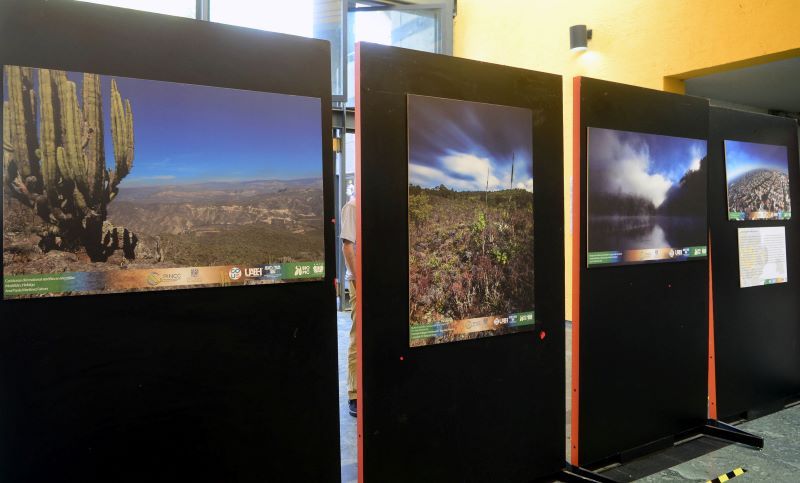How Climate Change is Impacting Mexico's Avian Biodiversity
Explore the challenges of protecting biodiversity in Mexico's megalopolis, including the impact of climate change on avian biodiversity, and the need to value ecosystem services in urban areas.





